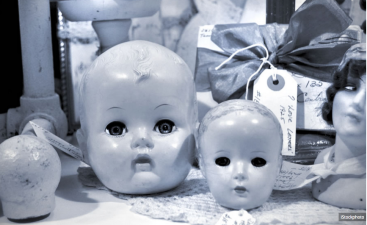“We have gone down the proverbial slope,” said a legislative insider who had been involved in the congressional hearing held after the first baby body part scandal broke in 1999 and 2000. Roe v. Wade was “the first step. Now we have infanticide, and now we’ve rationalized the taking [of fetal tissue] for some other ‘good purpose.’ It’s even been said that these women were making ‘a great contribution to science’ by having their babies torn apart.”
Those scandalized by the new revelations about Planned Parenthood’s trafficking of fetal corpses may not know that the nation has dealt with this issue before. In 1993, Congress passed the National Institutes of Health (NIH) Revitalization Act, which allowed federally-funded research using tissue from unborn children. It limited the trade but an industry arose that easily got around those limitations.
In 1999, Life Dynamics, Inc., uncovered the market in the parts taken from aborted children. As World magazine reported at the time, Life Dynamics’ investigation unearthed grim, hard-copy evidence of the cross-country flow of baby body parts, including detailed dissection orders, a brochure touting “the freshest tissue available,” and price lists for whole babies and parts. One 1999 price list from a company called Opening Lines reads like a cannibal’s wish list: Skin $100. Limbs (at least 2) $150. Spinal cord $325. Brain $999 (30% discount if significantly fragmented).
The story flared up briefly in the mainstream media. Then as now, some congressmen responded. In the Senate, Sen. Bob Smith (NH) offered an amendment to the Partial-Birth Abortion Ban Act. His amendment called for detailed reporting on the transactions of parts of aborted children. It lost on an almost party-line vote, 51-46, with four Republicans joining every Democrat in voting against it. In the House, Rep. Tom Tancredo offered a resolution calling for hearings on the issue, which passed on a voice vote. Hearings were held the next year.
Source: Linda Royall, https://stream.org
 Listen Online
Listen Online Watch Online
Watch Online Find a Station in Your Area
Find a Station in Your Area












 Listen Now
Listen Now Watch Online
Watch Online
